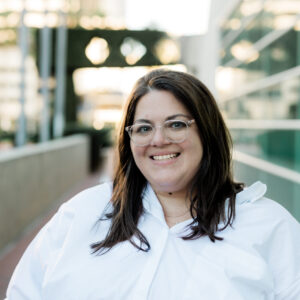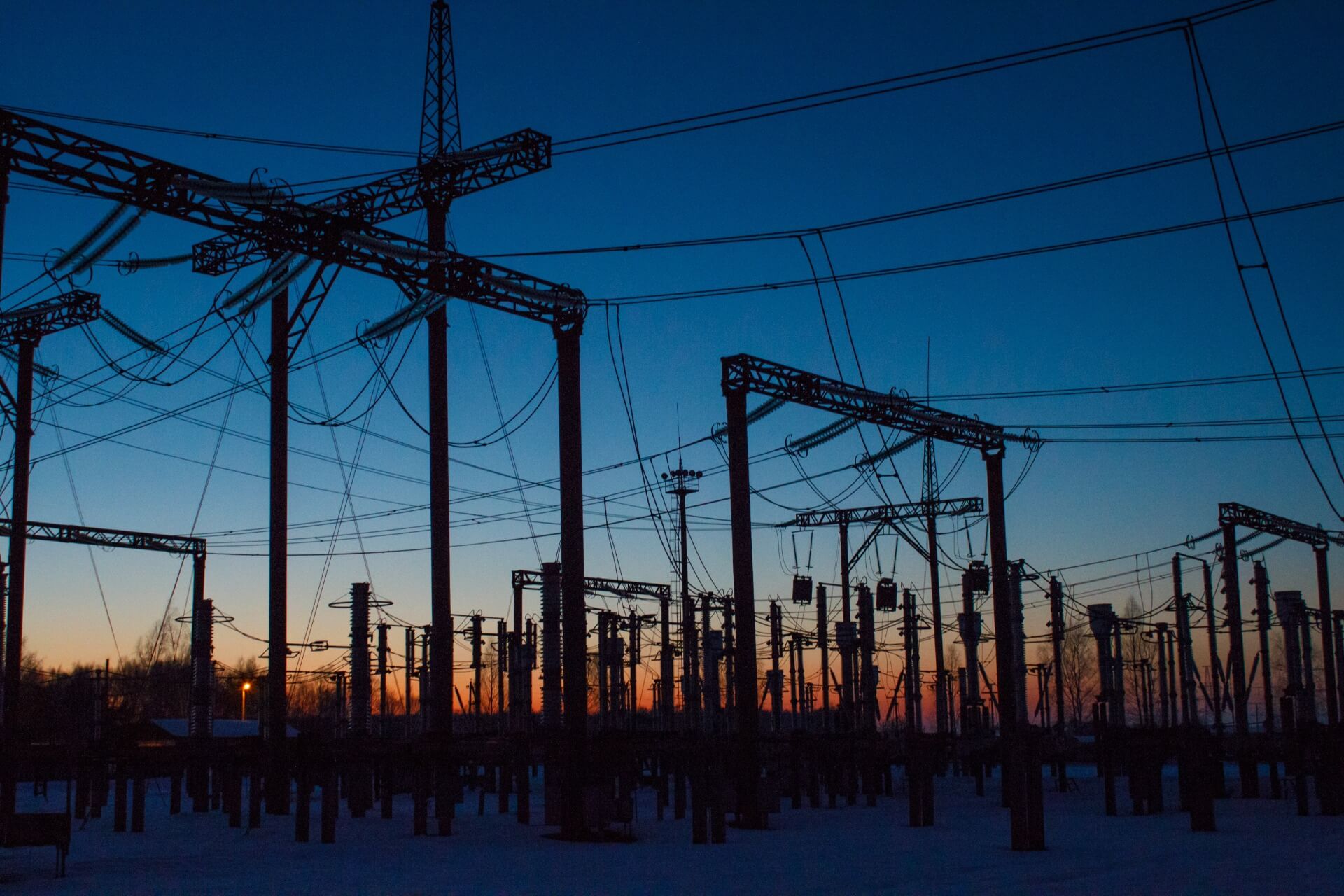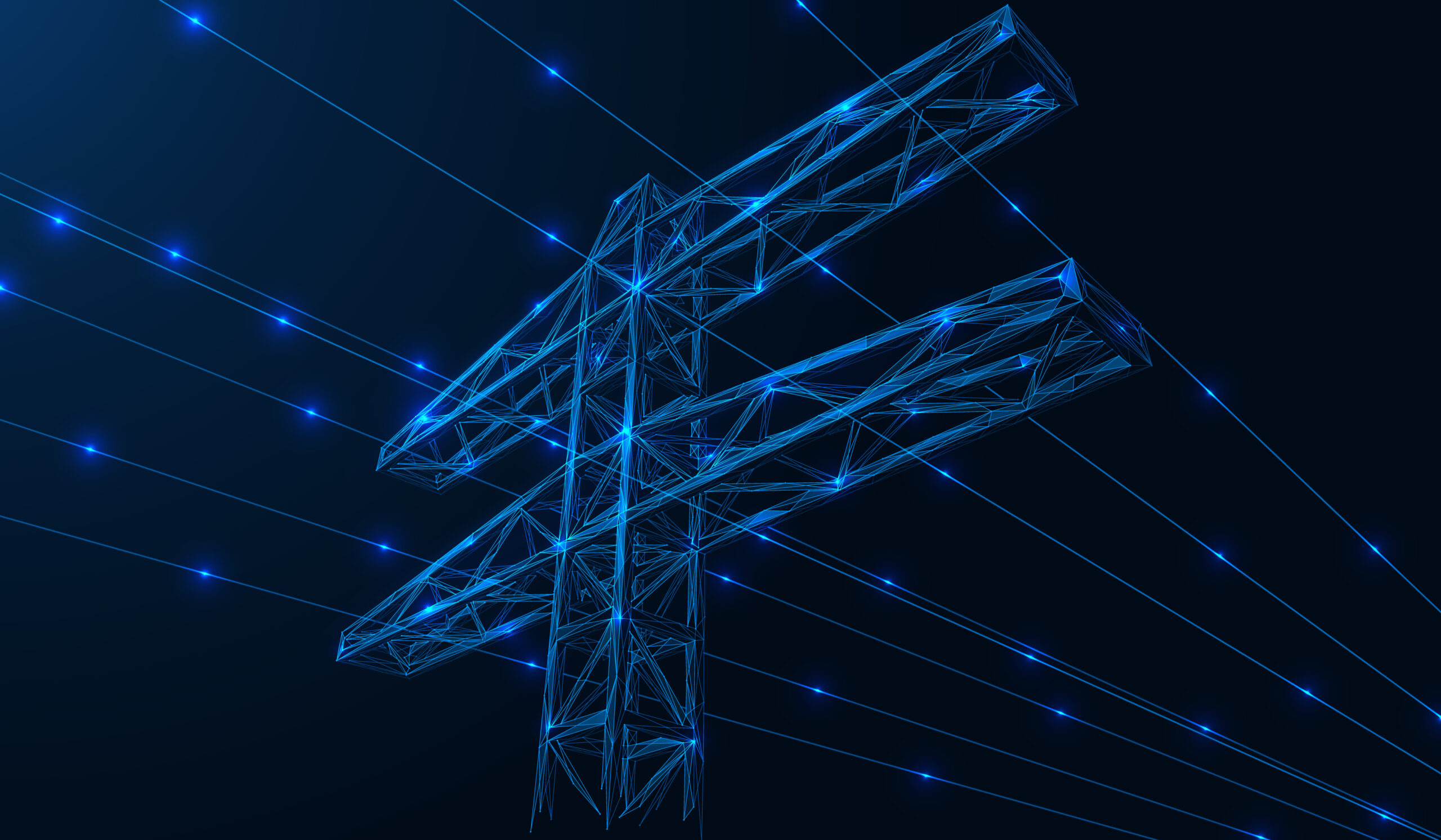Here, we address some of the perceived barriers to demand response programs and how advances in technology have paved the way to break through them.
A traditional focus on large users
Before recent advances in technology, large users like industrial complexes and public infrastructure were the focus of DR programs because they could easily meet the minimum kW requirements of joining a DR program with just one facility. SMBs, on the other hand, focused on manual, on-site conservation efforts when the grid neared capacity.
But today, small to midsize businesses are ideal candidates for DR programs. By aggregating many SMBs together across a utility and combining distributed energy resources, no individual customer has a minimum energy load requirement. In this way, we can create a meaningful decrease in energy demand for the entire grid and provide flexible and reliable capacity.
Misconceptions about what it means to join a DR program
In the past, customer-led conservation programs were rooted in the idea that small acts can make a difference. And while that is true, relying on individuals to consistently change habits across an industry has had mixed success.
DR programs reduce power consumption on the demand side (usually with the consumers) when the power grid nears its capacity. While many DR programs across the industry are done manually, at Gridpoint our DR programs make these adjustments automatically, without customer involvement, making participation as easy as possible.
It’s also important to remember that DR events usually only occur a handful of times a year. Your adjusted response might only be between 15 minutes and 4 hours during an event.
A belief that demand response won’t meet the needs of a small business
If you imagine your facilities going dark, being swelteringly hot or chillingly cold, or machines powering off during a DR event, those are outdated misconceptions.
At GridPoint, we can automate your response to ensure you feel little to no change in the temperature at your site. You can even exclude areas of response. For example, suppose you have a large kitchen area that an increase in temperature would negatively impact. In that case, we can ensure that it remains unaffected during a DR event.
In short, disruption will be minimal, and is typically offset by participation-based rewards.
My business doesn’t have the staff to devote to complex technology
Across industries, staff time is valuable and frequently stretched thin. With the advent of ADR (Automated Demand Response) technology, DR programs have evolved. Today, many DR programs utilize remote software systems without a need for on-site or staff-led maintenance.
Initial training may take a couple of hours, but the entire process is mostly automated. Once you are enrolled, your specific response to a DR event is automated. Before an event, we notify our customers, so facility managers can monitor the event in real-time. Using the data collected during DR events, we can measure the success of your participation.
The upfront capital investment is too much
The cost of installing the technology can be a barrier to some. At GridPoint, we offer OADR technology as part of our intelligent energy networks through an Energy Management as-a-Service (EMaaS) subscription model. In this way, we absorb the upfront cost of the technology, the monitoring, and the implementation of the program. Utilities also offer rebates for enrolling in OADR programs. GridPoint’s team will help you find the program that works best for you.
Is a demand response program worth it?
Demand response programs have a documented low impact on participating businesses. They also advance sustainability goals, lower energy bills, and increase the adoption of renewable energy. With little effort, you can get payments, financial rebates, and credits. One GridPoint customer earned an additional $50,000 through demand response rebates and incentives alone in 2019.
In addition to personalized benefits for your business, joining a DR program allows your energy to integrate with other distributed energy resources to create greater value for your community and work towards a decarbonized, resilient grid. The utility doesn’t have to use power from expensive peaker plants or buy it from nearby states. Instead, they keep the power going for a fraction of the cost and you get some of that savings straight to your pocket.
In short, enrolling in a DR program is a hands-off way to save money while increasing the sustainability and reliability of your community.
GridPoint’s demand response programs break through these barriers
GridPoint, like many regional aggregators, is the link between customers and the regional power markets. Using an aggregator helps the SMB market decrease risk while maximizing the value of DR and provides benefits to your business, your community, and the regional power grid.
With over ten years of experience running demand response events, GridPoint enrolls hundreds of new sites in programs each year and has the expertise to find just the right DR program for your business.

Rachel Marcus | Demand Response Program Manager
Rachel Marcus is a demand response program manager at GridPoint, a leader in building energy management and optimization technology that decarbonizes commercial buildings and drives grid modernization.


